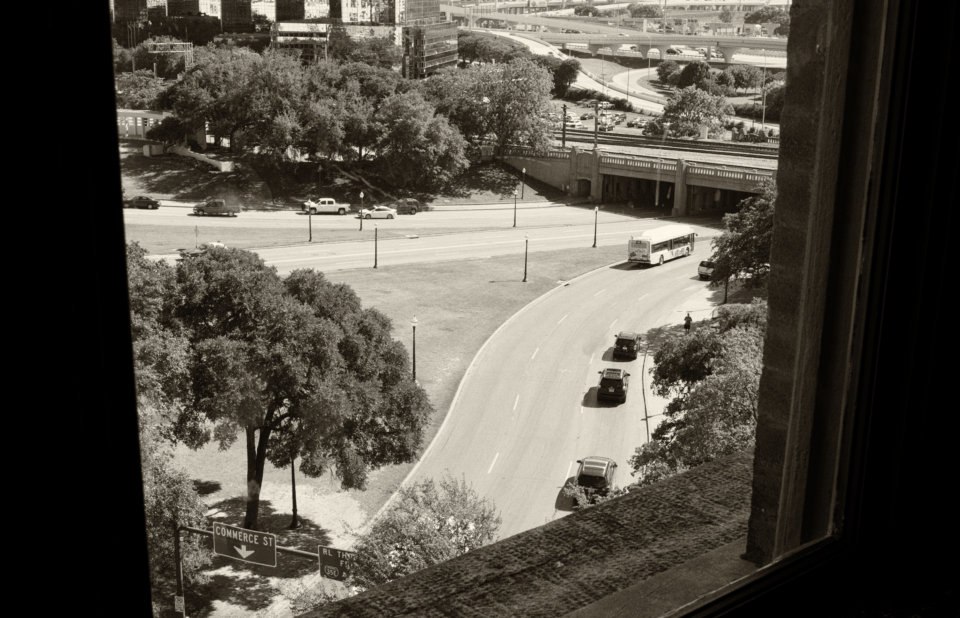When Abraham Zapruder decided to film President John F. Kennedy’s motorcade passing through Dealey Plaza in Dallas on November 22, 1963, he could not have foreseen that he would capture one of the most iconic and scrutinized moments in history. The Zapruder film, though filmed unwittingly, would go on to become an integral piece of evidence in numerous conspiracy theories surrounding Kennedy’s assassination. Even today, it continues to fuel debates about who was responsible for the president’s death.
The film played a central role in the case against Lee Harvey Oswald, who fired the fatal shots at Kennedy from a sixth-floor window at the Texas School Book Depository. In 1964, the Warren Commission concluded that Oswald had indeed shot the president from behind, a finding supported by a study published in the journal Helios. Nicholas Nalli, a senior research scientist at IMSG, Inc., used the Zapruder film as a basis to create a model of the mechanics of the gunshot wound.
Nalli’s analysis focused on the moment when the bullet struck Kennedy’s skull, causing his head to snap forward. This observation led him to conclude that the president had been shot from behind, corroborating the Warren Commission’s findings. Nalli’s model incorporated factors like the bullet’s mass and speed, film shutter speed, and measurements to calculate how the bullet would have behaved upon entering Kennedy’s skull if it had come from behind.
According to Nalli’s model, Kennedy’s head injury was the result of the bullet entering from behind, not where it exited. The model explained that a temporary cavity formed within Kennedy’s soft tissue as the bullet’s momentum and kinetic energy collided with his skull, causing his head to jerk forward. Nalli’s analysis also cast doubt on the theories of a second shooter or the use of hollow-point or soft-point bullets, as the observed head movements were consistent with a shot from the rear.
While various studies have examined the bullet’s trajectory and head wounds in the Kennedy assassination, Nalli’s unique contribution was his emphasis on the forward motion of the president’s head after being shot. He asserted that the Zapruder film’s depiction supports the official autopsy findings, reinforcing the conclusion that Kennedy was shot from behind and not from the infamous “grassy knoll.”

